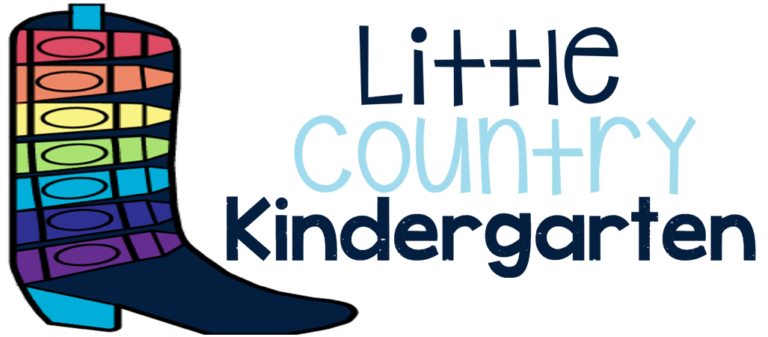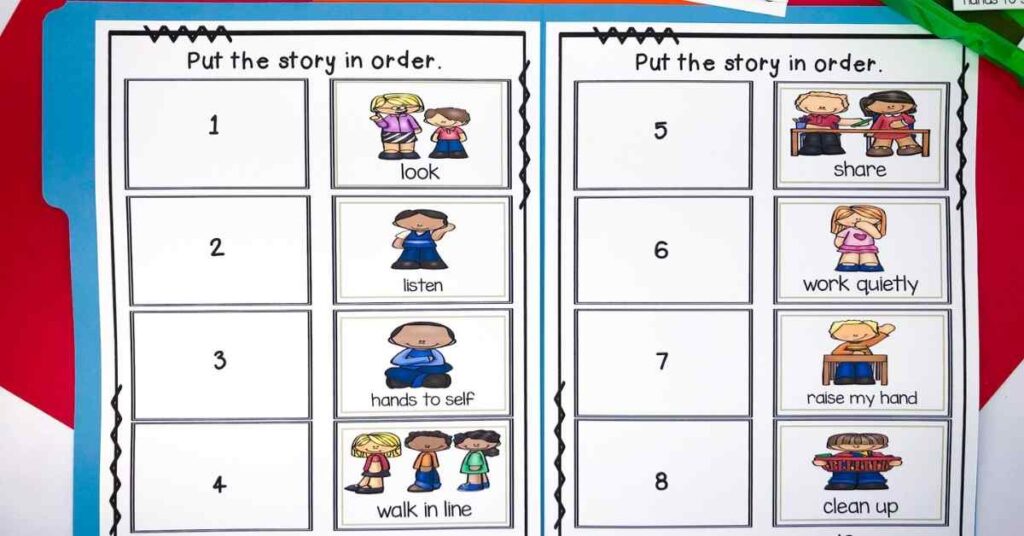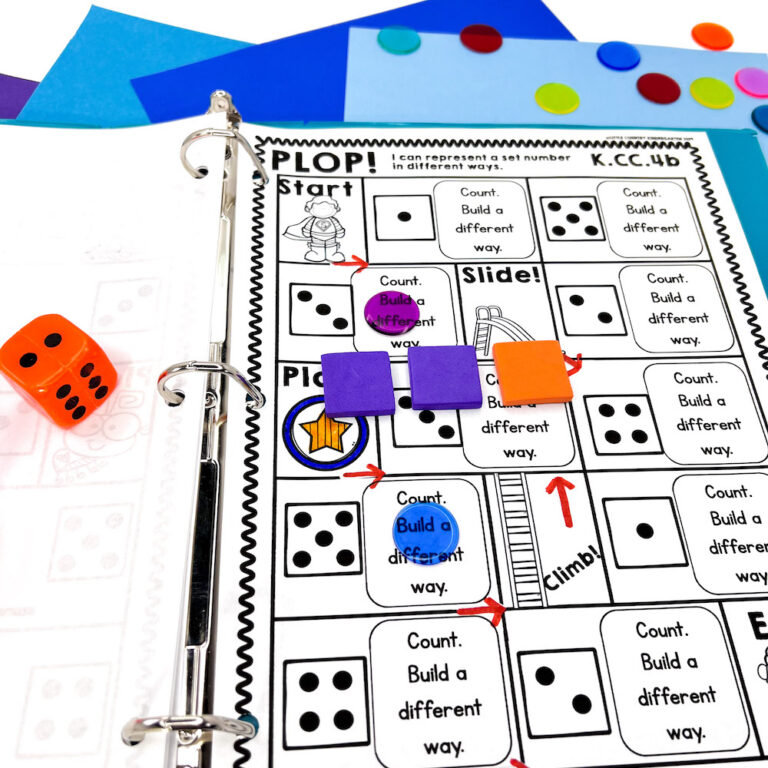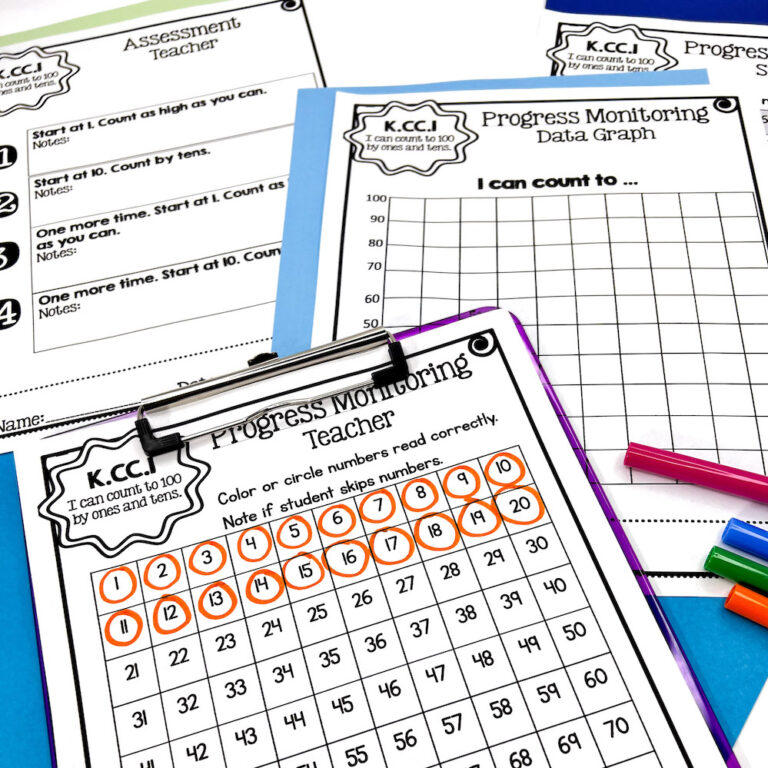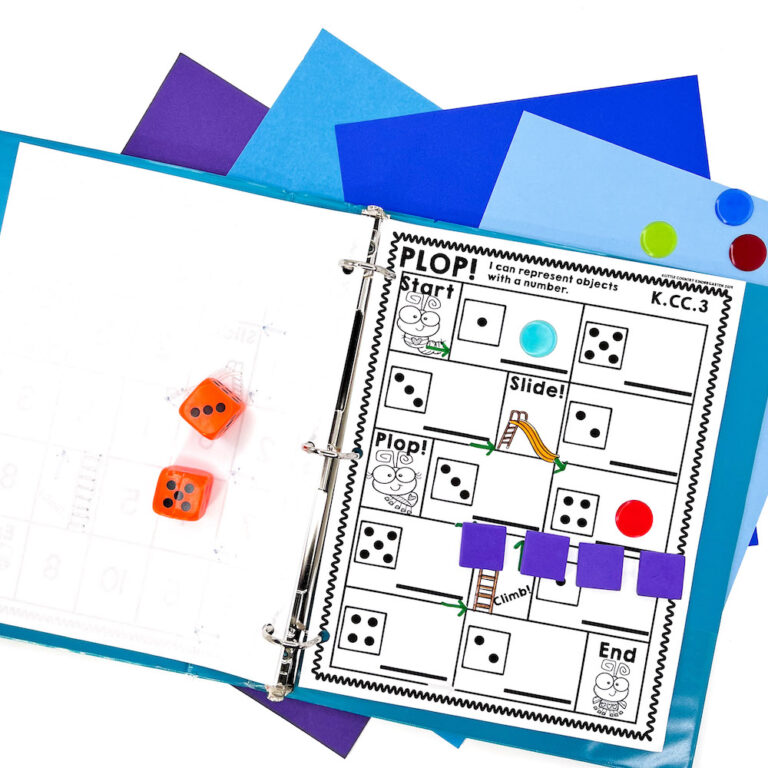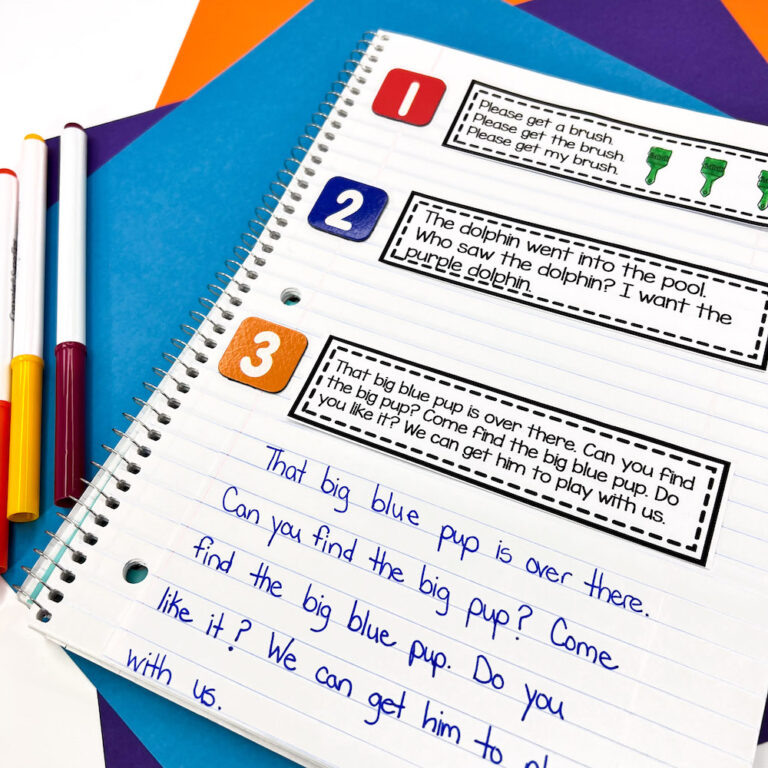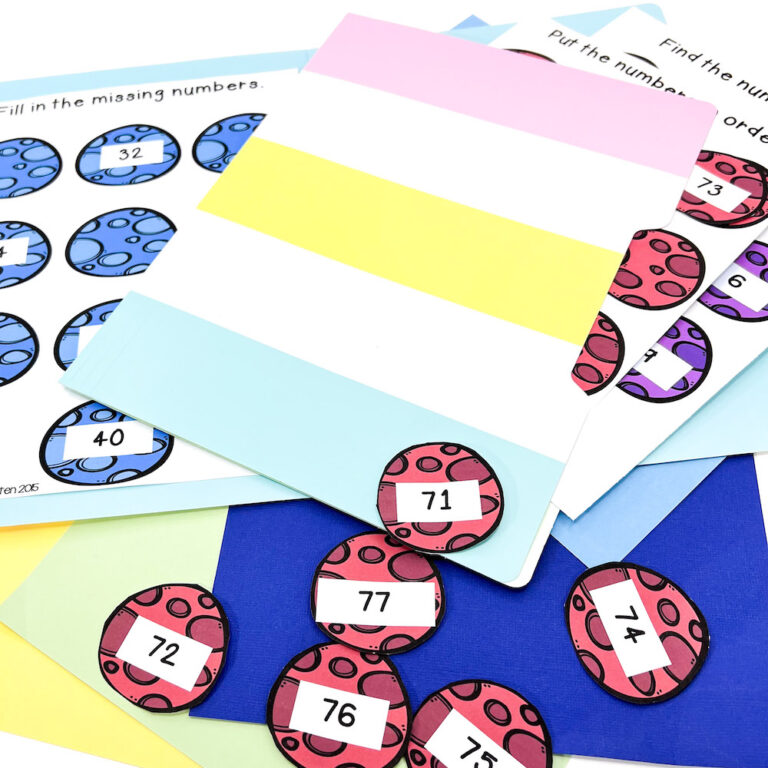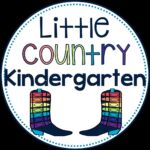I have to actually teach speaking and listening standards? But there are so many other things to teach! I know, I know, but through integration you can include them and build that positive classroom culture you need.
Why are Speaking and Listening Standards Important?
Kindergarten is some students’ first experience in a social setting away from their parents. Especially during quarantine, many students have stayed home with their families. Many have not been exposed to daycares or social events like library story times or playgroups, etc. We have to really focus on teaching those speaking and listening standards so our students can master necessary social skills.
How to Teach Speaking and Listening Standards in Kindergarten
Quick-Start
Our classroom has three rules: 1. We are kind. 2. We are safe. 3. We are responsible. These work for our bodies, minds, and hearts. In terms of speaking and listening, I teach my students that we use kind words. I also teach them they can discuss all sorts of topics with me. We learn we are responsible for our own feelings and our actions that could hurt others’ feelings. One activity I love to use to show how words can affect others is the crumpled paper activity. Even when you open back up the paper, the lines remain, showing that the words don’t just “go away.”
Warm-Up
Every morning I play music as my kiddos are walking in to start their day off on a positive note. One of my favorite playlists is just calm, instrumental music that stays in the background. I stand in the doorway to greet each child individually as they enter the room. They can choose to wave, give a high five, a hug, or just say hello or good morning. I think it’s important to start each day checking in individually with my kiddos.
Morning Meeting
Part of our morning routine is our morning meeting. After our soft start of morning journals, we come to the carpet and sit in a circle to greet everyone. When we say good morning to an individual they can share out if they wish. They can also choose a friend who may have a question about their share time. This is a great opportunity to model turn taking conversation skills as well as being respectful while others are talking. Students practice listening skills: focusing on the speaker, quietly listening, paying attention, and speaker skills: staying on topic and speaking at an appropriate volume.
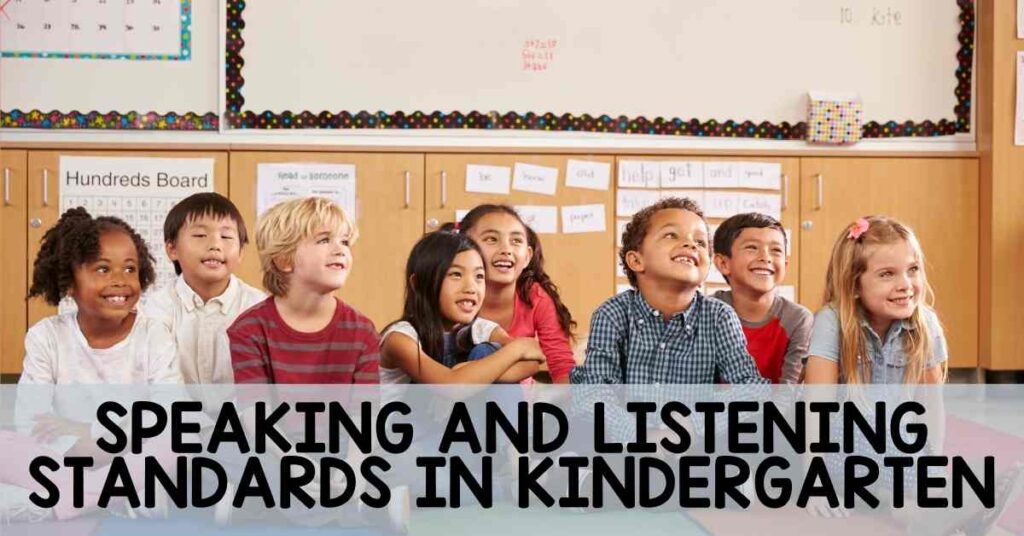
Poems
I love to use poems to help my students practice speaking and listening standards. The repetitive nature of poems helps students learn them confidently. They often enjoy the silly stories of nursery rhymes, such as Little Miss Muffet, and other poems for young learners.
Part of speaking and listening standards are for students to add drawings and details. We do this through one of our favorite class activities: poem books. Every week I’ll write a large poem on an anchor chart and we’ll practice reciting it every day. Then as part of centers I’ll have each line written on a page to make a book for that poem. Students can illustrate the different lines so by the end of the week we have a completed collaborative book. These books are used in read to someone for students to practice being the speaker/reader and the listener/audience.
Adapted Books
I love to use adapted books for all types of things in my classroom. They are packed full of visuals which help young learners and those with special needs. The books follow a pattern which helps my early readers, and the visual vocabulary helps them use new words appropriately. Another speaking and listening standard is to ask and answer questions after listening to a story or conversation. The visual comprehension questions scaffold students as they choose the picture answer and then discuss it with me or in small groups.
After teaching the individual books in small groups, these books are another favorite choice for students during read to someone. Practicing reading and asking and answering questions together helps them have those turn taking conversations I try to promote throughout the day.
Dialogue
Every teacher has a different classroom volume that they’re comfortable with. Although my students definitely aren’t loud, they aren’t silent either. I love to talk while I work so as long as I’m not instructing I tell them they can chat while they work! Rules for talking while working are 1. You have to work while you talk 2. Pick smart seats.
Smart seats means I allow students to sit in different places and with different friends throughout the day. However, if they aren’t working or are distracting others I get the right to move them somewhere else. This gives students choice and flexibility and they usually learn to self-regulate so I don’t have to intervene.
Students having dialogue while they work encourages them to express their thoughts, feelings, and ideas throughout the day. It also promotes conversations with multiple turns, all of which are speaking and listening standards. You might be surprised to hear that more often than not they are even referencing the work they are completing.
If I am working near a partner group I can even join in to prompt them to expand their conversation or add more details. This helps them become better story tellers or learn how to ask better questions about someone else’s story.
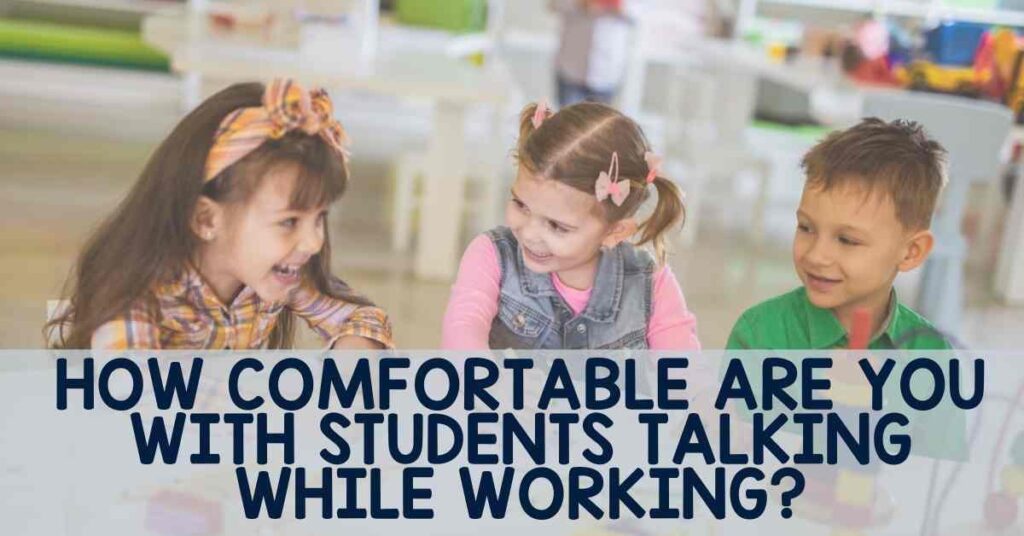
Turn Taking Conversations
To further help my students have these turn taking conversations, I do turn and talks throughout the day. Some people call this elbow partners or shoulder buddies, others use different partner cards to help mix students up. There are many ways you can do this! I tend to just pair kiddos up based on where they are sitting on the carpet at the moment. When we are doing a read aloud, exploring a math problem, or learning a new phonics pattern, I have students turn and tell a friend an answer to the question or a comment about what we are doing. This way all students get to share even if I don’t have time to call on everyone.
I listen in as students are sharing and make sure both partners give the other a chance. I explicitly teach this at the beginning of the year and make a big show out of doing an incorrect turn and talk with a student at the front of the room. I will pretend to interrupt, not listen, talk too loud, etc. The kids always love seeing me do things the wrong way.
I teach my students to look at me when they are done sharing so I know when the class is ready. Then I choose a few friends to share out what their partner said. This helps them listen to others and take turns speaking about topics and texts, both of which are kindergarten speaking and listening standards.
Social Emotional Connections
We know our students can’t learn if they don’t feel safe. They can’t communicate their thoughts and feelings if they don’t feel safe either. From my experience in kindergarten and special education classrooms, students not expressing feelings appropriately often leads to negative behaviors. That is why I work so hard to foster a positive classroom culture where we focus on social emotional connections.
I do a lot of explicit social skills instruction including lessons on feelings. We learn how it’s ok to feel different ways and what to say or do when you have those big scary feelings. We have a cozy corner in my classroom where students know they can visit if they need to calm down. With individual check ins I can easily see if students need any help or just need to talk.
I simply have two jars of popsicle sticks with all of my kids’ names on them. Whenever I’ve had a few minutes with one student, I move their stick to the next jar. Doing just three or four a day helps me have individual time with each student by the end of the week. Of course I check in immediately if I notice someone having a tough time.
Teaching Speaking and Listening Standards in Kindergarten Take Aways
Teaching speaking and listening standards in kindergarten is easy when you integrate discussions throughout your day. From greeting your students and having a morning meeting, allowing your students to chitchat during work, and having structured social skills lessons, your students can easily learn to communicate effectively.
Start Teaching Speaking and Listening Standards With This Free List of Discussion Questions & Topics for Partner Talk Now!
Do you have a share time during your morning or afternoon meeting? Need new discussion topics to focus on those collaborative conversations about kindergarten topics and texts? Grab this free list of discussions questions and topics and be set for a month of great conversation starters for your kindergarten classroom!
